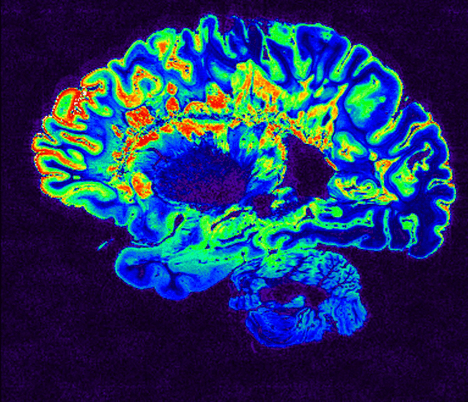
Medicine has always changed with the times, and that’s a good thing. It’s safe to say that none of us wants to go back to a time when treatment involved bloodletting, or when diagnostics meant exploratory surgery! Medical imaging has evolved by leaps and bounds in recent years, leading to advances in medical imaging equipment. Great Lakes Imaging has identified five medical imaging trends that could soon have an impact on your practice.
Future-Proof Your Practice.Five Medical Imaging Trends to Watch
Each of the trends below is already in motion. Some are based on new medical imaging equipment technology that is still evolving, while others represent new ways to use established equipment.
Artificial and Augmented Intelligence
Machine learning is exciting because it uses “experience” mined from vast data sets to shorten the amount of time required for diagnosis while also delivering a higher degree of accuracy. Augmented intelligence, in the meantime, can be thought of as a slightly less-robust version of AI that is capable of taking over some previously manual parts of the physician’s workflow to free up more time to see patients.
Augmented Reality and 3D Imaging
Most diagnostic imaging takes place in two dimensions. Augmented reality and virtual reality tools, combined with emerging 3D scanning capabilities, are allowing doctors and surgeons to visualize surgical obstacles, blockages, and other potential problems before treatment to stave off complications and improve patient outcomes.
Advances in Diagnostics
Nuclear medicine is truly coming into its own. PET and combination PET/CT scanners are being used to diagnose heart conditions and cancer as well as detecting amyloid plaque that could previously only be found via an autopsy, leveraging previously unheard-of levels of precision.
Wearables
Wearables already allow patients to monitor vital signs like blood pressure, heart rate, and insulin levels. However, a new class of wearables goes a step further by combining wearable tech with imaging. An MRI glove developed by NYU enables accurate images of patients’ hands as they perform various everyday tasks, and the Portable MEG Brain Scanner provides similar insight into brain activity, promising to improve detection and treatment for disorders like epilepsy.
Improving Patient Experience
Another emerging trend in medical imaging is a growing acknowledgment of patient experience. Some of this, like the use of open MRIs or portable X-ray equipment, is technological. Some, however, are decidedly more human-centered. Setting realistic expectations, and then meeting or exceeding them, is key to limiting waiting periods for results, thereby ensuring patients’ peace of mind. To that end:
- Know your capacity, and communicate anticipated wait times for results.
- Know your practice’s current and anticipated choke points, and work to address them.
- Reinforce the proper chain of communication; more often than not, it’s the referring physician who’ll be communicating their interpretation of results, and patient inquiries must be directed properly.
Balancing Future Trends With Current Medical Imaging Needs
What can we draw from this, especially since some of the technologies and approaches discussed above are still in their infancy? We see three takeaways.
- We can’t afford to wait for what’s next. Instead, it’s important to make the most of what we have now while keeping a watchful eye on what’s next.
- Likewise, it’s important to carefully maintain X-ray equipment or replace it on schedule, to ensure proper function, reduce the need for retakes, and provide efficient delivery of results to optimize the process for treatment providers and patients alike.
- No matter what changes, some fundamentals remain; chief among these is not forgetting the human touch in medical imaging, which is something no amount of AI or robotics will ever truly replace.
Must-Have Imaging Equipment for Your Lab
Outfitting a lab is as much art as science. It’s having the right people operating the best medical imaging equipment in a medical imaging suite design that helps proper workflow, all protected by the correct X-ray shielding. A consultation with Great Lakes Imaging will help you get started on the right foot, so call us today!
